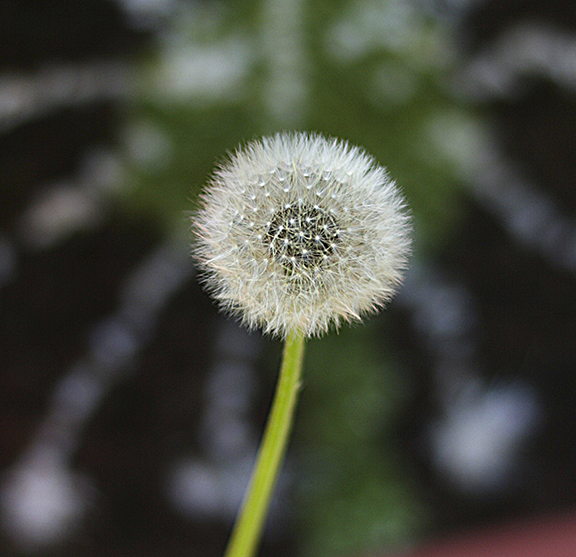While Anita uses many types of fiber and materials to create her work, the two pieces show here are especially unique to her Finnish heritage. They are Ryijy (roo-yoo).
Here’s a little history on the Ryijy. The word Ryijy means long-piled rug. For centuries Ryijy were used for warmth on a bed with the pile side facing down. Ryijy used to be made only from the natural colors of the coats of local sheep! Mostly black, brown, beige and white. A pragmatic people, the Finns used these rugs for anything that needed protecting from the cold, harsh winters. Research notes that designs of the oldest Ryijys found and up through the end of the 19th century, traditional Finnish bed rug designs were linked to geographic locations via their mixture of colors, motifs, symbols and overall patterns. (So that proves this piece is easily linked to Anita’s current geographical location. Spring in Minnesota equals dandelions)!
In the 1700s and beyond, the Ryijy evolved into a decorative art object as well. Commissioned by the well-to-do, Ryijy became more colorful and ornamental with increasingly complex designs. The pile also became shorter because more complex designs are more readily seen with shorter crop. Ryijy were also used economic currency for payment and considered a traditional wedding gift. Some areas produced rugs that included a longer pile on one side for warmth and a shorter, more decorative pile on the other side for looks.
In the early part of the 20th century, the Ryijy Art Form made a comeback and by the 1950s a strong aesthetic statement had evolved known as Finnish Design. With the two art pieces featured here, Anita creates examples of a shorter pile with greater detail and a thicker yarn used to create a more abstract piece.
The construction process:
Unlike rug hooking which uses a long strip of fabric (usually wool), a Ryijy is made from shorter pieces, pulled through the backing one stitch at a time. The top of the rug is trimmed to an even length to reveal the composition. With longer fibers, it’s more difficult to include a lot of detail in the composition.
Here is a fabulous website devoted to Ryijy history. If interested there is a book available showing many types of Ryijy history.





